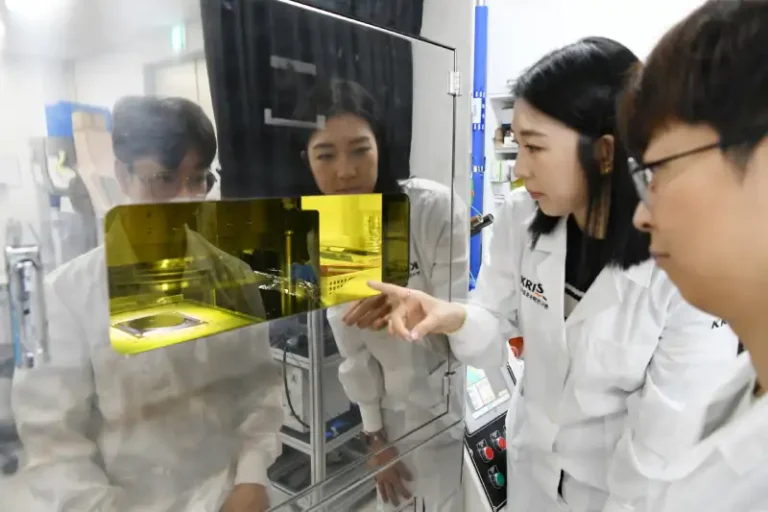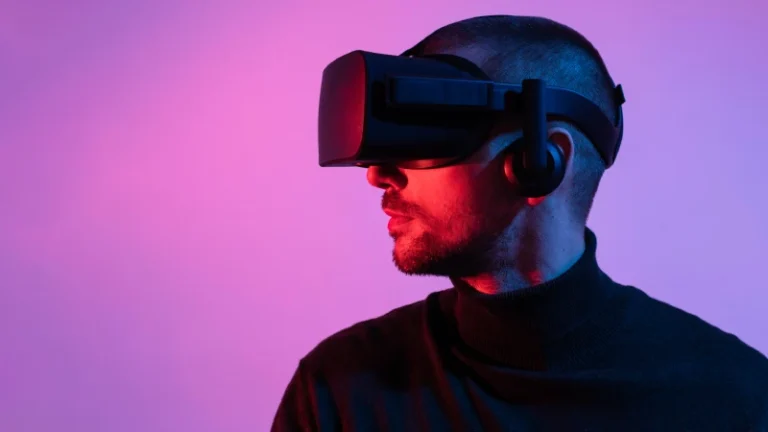Neuralink receives approval to implant its second brain chip

According to the Wall Street Journal, the Food and Drug Administration (FDA) has granted Neuralink approval to proceed with the implantation of its brain chip in a second human test subject, following complications with its first implanted subject, 29-year-old quadriplegic Noland Arbaugh. This decision was made after the company proposed a solution to solve the problems encountered during the initial test.
Neuralink, a company founded by Elon Musk, aims to revolutionize neural interfaces by enabling direct communication between the human brain and computers. In its first human trial, Arbaugh, who had been paralyzed from the neck down, experienced both groundbreaking successes and profound disappointments. The implanted device, which connected 64 ultra-thin wires to his brain, initially allowed him to perform tasks such as communicating more effectively and playing video games using only his thoughts.
However, shortly after the implant’s insertion, the majority of these thread-like wires began to dislodge. This detachment significantly impaired the device’s functionality, leaving Arbaugh devastated. “It was really hard to hear,” Arbaugh told Bloomberg. “I thought I’d gotten to use it for maybe a month, and then my journey was coming to an end.” This rapid decline in the device’s performance took a significant emotional toll on Arbaugh, who described the experience as a dramatic emotional rollercoaster. “I was on such a high and then to be brought down that low. It was very, very hard,” he told the Wall Street Journal. “I cried.”
In response to these setbacks, Neuralink has reportedly devised a new approach to improve the stability of the implanted wires. According to an anonymous insider cited by the WSJ, the company plans to insert the wires even deeper into the next subject’s brain. While this method might sound daunting, it is aimed at preventing the wires from becoming loose, thus maintaining the device’s functionality for a longer period.
Additionally, Neuralink has implemented algorithmic enhancements to better interpret the data from Arbaugh’s remaining functional wires. Despite only 15 percent of the threads still transmitting data, these software adjustments have enabled some continued use of the implant.
With FDA approval secured, Neuralink is now preparing for its second human trial. The company has a pool of over 1,000 applicants from which to select the next participant, and aims to perform the implantation in June, according to the WSJ’s insider. This move underscores Neuralink’s commitment to iterating quickly on its technology, in line with Silicon Valley’s ethos of “move fast and break things,” a mantra famously associated with Mark Zuckerberg, Musk’s occasional rival.
While the technological advancements and potential benefits of Neuralink’s brain implants are significant, the ethical and safety implications of such rapid experimentation on human subjects cannot be overlooked. The initial trial’s complications highlight the inherent risks involved in pioneering new medical technologies, particularly those as invasive and complex as neural implants. The emotional and physical well-being of test subjects like Arbaugh must be carefully considered alongside the drive for innovation.
Moreover, Neuralink’s history with animal testing, which reportedly included a notable number of monkey deaths, raises further ethical questions. These concerns must be addressed transparently to ensure public trust and to uphold the highest standards of medical ethics.
Neuralink’s journey reflects the high-stakes nature of cutting-edge medical research. The company’s determination to refine its brain-chip technology through iterative testing holds promise for future breakthroughs that could vastly improve the quality of life for individuals with severe disabilities. However, this path is fraught with challenges and ethical dilemmas that must be navigated with care.
As Neuralink prepares for its next implantation, the world will be watching closely. The outcomes will not only impact the company’s future but also the broader field of neural interface technology, shaping the ways in which we might one day interact with machines through our minds.






